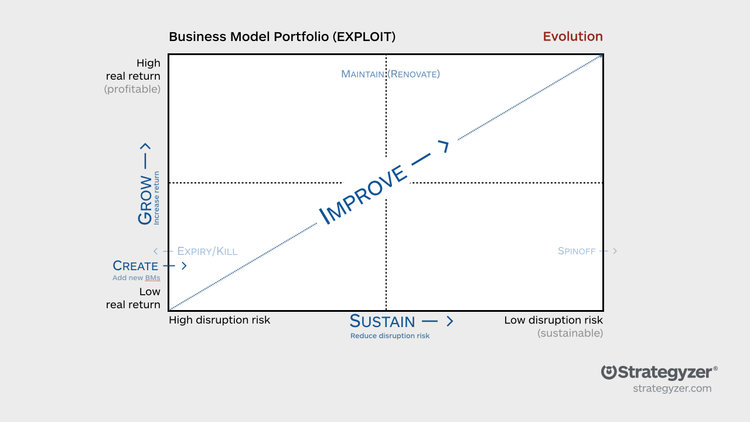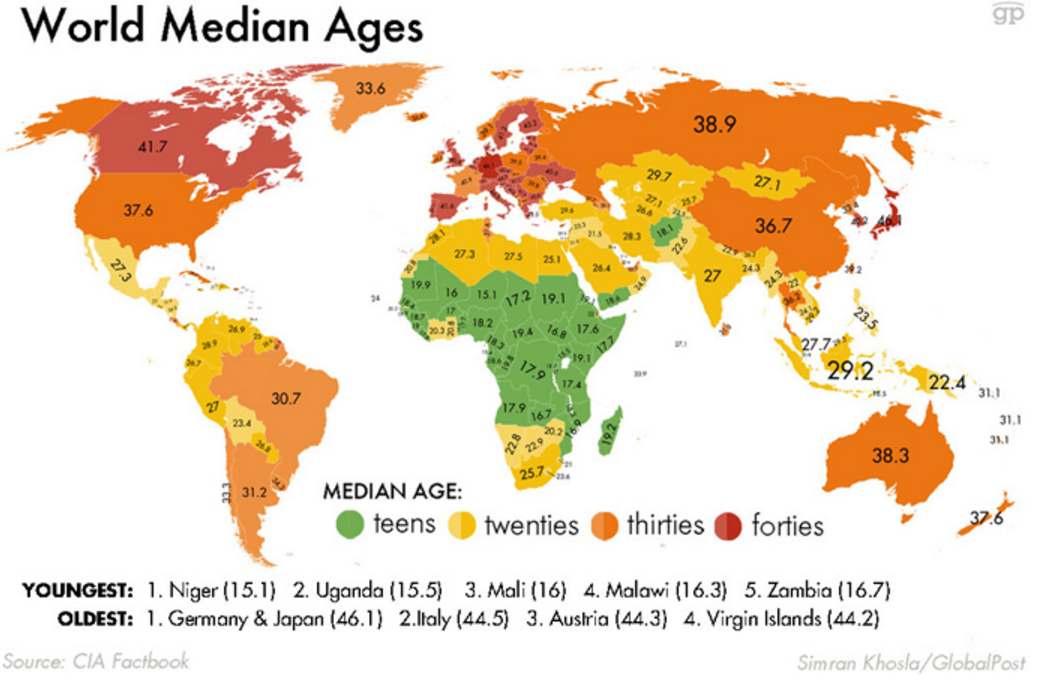"When Voodoo launched, Friefeld said that the team began to realize that they were serving two different markets. The first market is made up of engineering companies that are launching new products and which need to produce a few thousand products for early testing and validation.Voodoo works with these firms to produce the first few thousand enclosures and other parts for their designs. The second market consists of marketing materials and other aesthetic products.Isto encaixa perfeitamente na narrativa acerca da caminhada para esse novo mundo económico que designo por Mongo. Um mundo de diversidade e com cada vez menos necessidade de grandes séries.
.
How can a 3D printing company compete with the $162 billion injection molding market? Voodoo accomplished this by purchasing off-the-shelf 3D printers, which require very little up-front investment when compared to an industrial manufacturing operation. Running a series of print farms, Friefeld said that his startup is cost-competitive with injection molding for runs of up to 10,000 units. For print runs above that, it usually makes more economic sense to have parts made with injection molding.
.
“With Voodoo, there’s no up-front investment,” Friefeld said.“We can get started with the file and get your part the next day, or 10,000 parts in two weeks. We’re fast and we have very little startup costs with our process.That’s all because we’re using 3D printers—digital manufacturing tools that can take in a digital file and produce a physical product with little human interaction. No tool, no tooling, no jigs, no fixtures. File in, product out.”
...
“Ultimately, we will be producing low-volume runs of any manufactured product anywhere in the world,” Friefeld said.“[We’re] starting with plastic today, but we’ll eventually expand into other materials and processes built on top of these digital tools like 3D printers.”"
Há algum tempo discutia-se numa empresa a necessidade de investir numa unidade toda automatizada, ao estilo 4.0, para se especializar na produção de grandes séries. Sinto que os escandalizei quando os tentei convencer a fazerem o contrário: investir numa nova unidade pequena, mas para se concentrar nas pequenas séries.
As empresas grandes pensam nas séries grandes e não dão a atenção suficiente às pequenas séries e a um outro estilo de marketing, de actividade comercial e de produção que requerem. Pensem no Director Comercial de uma empresa grande. Pensem no desafio que ele tem de enfrentar todos os anos de aumentar as vendas para ir ao encontro de objectivos de facturação muito ambiciosos. Pensem como o volume de vendas é muito mais fácil de medir que o lucro unitário obtido com essas mesmas vendas. Pensem como esse Director terá tendência a matar/asfixiar todos os projectos de novos produtos e serviços que não prometam pelo menos X de vendas rapidamente. Julgo que a única hipótese que uma empresa grande tem de fazer a transição para Mongo, é a de criar spinoffs e colocar gente apaixonada e obrigada a passar fome de recursos, à frente desses projectos. (Interessante como esta referência a gente apaixonada me fez recordar este podcast recente de Nassim Taleb, "Nassim Nicholas Taleb on Work, Slavery, the Minority Rule, and Skin in the Game")
Trechos retirados de "Voodoo Automates 3D Printing to Take on Injection Molding"






















